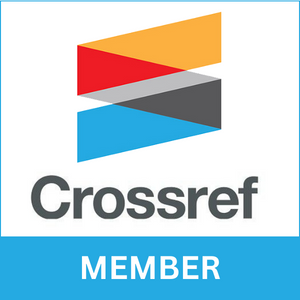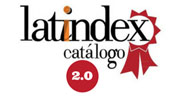Latest publications
Browse
Developed By
Make a Submission
Information
Keywords
ISSN
Instituto de Investigación Multidisciplinaria Perspectivas Globales (IIMPG)
Acreditado por la Senescyt como entidad de investigación científica bajo el código “ACR-UNIDAD-25-16”.
Portoviejo, Manabí – Ecuador. Av. Bolivariana con Helechos. Apartado postal 130101.
ISSN 3028-872X
Contacto editorial: verdadyderechodirector@revistasinstitutoperspectivasglobales.org
Contacto técnico: admin@revistasinstitutoperspectivasglobales.org
Web Page URL: https://revistasinstitutoperspectivasglobales.org/index.php/verdadyderecho
OAI-PMH URL: https://revistasinstitutoperspectivasglobales.org/index.php/verdadyderecho/oai
Web Page URL: https://institutodeinvestigacionperspectivasglobales.org/
Los artículos se publican bajo la Licencia Creative Commons 4.0 de Reconocimiento-NoComercial-CompartirIgual 4.0
![]()










